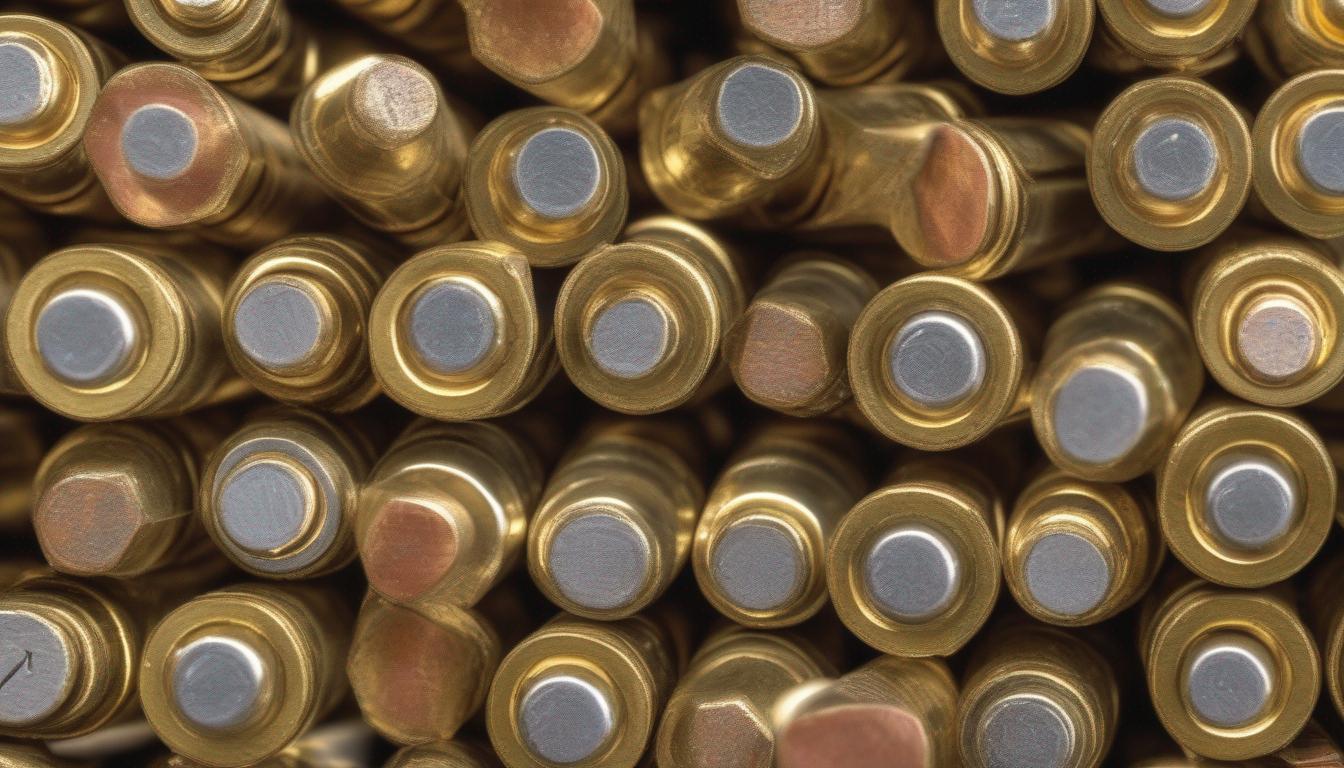The Evolution of Self-Defense Sticks: From Ancient Tools to Modern-Day Accessories
The Use of Self-Defense Sticks Through the Ages
Throughout history, self-defense sticks have been a critical tool in helping individuals protect themselves from harm. From ancient times to modern-day society, the evolution of these tools showcases the ingenuity and creativity of humankind in finding ways to defend oneself effectively. Let’s delve into the journey of self-defense sticks from their origins as primitive tools to their present-day status as sophisticated accessories.
Ancient Origins of Self-Defense Sticks
In ancient civilizations, such as China and Japan, various forms of self-defense sticks were used for protection. For example, the "hanbō" in Japanese martial arts is a short staff ranging from three to five feet in length, which was wielded with precision and skill by practitioners. Similarly, the Chinese martial art of "gun shu" utilized the "gun," a long staff-like weapon used for striking and blocking attacks.
Evolution into Traditional Martial Arts
As centuries passed, self-defense sticks became integrated into traditional martial arts practices worldwide. In disciplines like Kali and Escrima from the Philippines, the use of sticks or "escrima" sticks is a fundamental component of training. These arts emphasize speed, accuracy, and agility in wielding sticks for both offensive and defensive purposes.
Influence on Modern-Day Self-Defense
In contemporary times, self-defense sticks have adapted to suit urban environments and self-defense needs. Compact and concealable retractable batons or "tactical sticks" are now widely used by law enforcement and civilians alike. These modern sticks are typically made from durable materials like steel or aluminum, combining strength with portability for effective self-protection.
Self-Defense Sticks as Personal Safety Accessories
Today, self-defense sticks have evolved beyond their traditional roots to become fashionable and discreet personal safety accessories. For instance, the "yawara stick" or palm stick is a compact self-defense tool that can be easily carried in a pocket or purse, ready for use in case of emergencies. Additionally, the tactical pen, which incorporates a sturdy tip for striking and a textured grip for enhanced handling, serves a dual purpose as a writing instrument and a self-defense tool.
The Future of Self-Defense Sticks
Looking ahead, advancements in technology and materials will continue to shape the future of self-defense sticks. Innovations such as smart sticks equipped with GPS tracking or integrated alarm systems may redefine personal safety in the digital age. Moreover, the integration of non-lethal features like stun capabilities or pepper spray dispensers into self-defense sticks could provide users with versatile protection options.
The evolution of self-defense sticks reflects humanity’s enduring quest for safety and security. From ancient origins to modern innovations, these versatile tools have adapted to meet the changing needs of individuals seeking to defend themselves effectively. Whether as a historical artifact, a martial arts weapon, or a contemporary safety accessory, self-defense sticks remain a timeless symbol of empowerment and preparedness in the face of potential threats.
Key Considerations for Choosing the Right Self-Defense Stick
Choosing the right self-defense stick is crucial for personal safety and protection. With various options available in the market, it’s essential to consider key factors to ensure you select the most suitable one for your needs. Whether you are a seasoned martial artist or someone looking to enhance your self-defense capabilities, here are some key considerations to keep in mind when choosing a self-defense stick.
Purpose of Use
When selecting a self-defense stick, it’s important to determine the primary purpose for which you intend to use it. Whether you aim to carry it for everyday personal safety or for specific training purposes, understanding your intended use will help narrow down the options. Some self-defense sticks are designed for striking, while others are geared towards pressure point control or joint manipulation techniques.
Material and Durability
The material of the self-defense stick plays a significant role in its durability and effectiveness. Self-defense sticks are commonly made of materials like steel, aluminum, or polymer. Steel sticks offer strength and durability but can be heavier, while aluminum sticks are lightweight and easier to carry. Polymer sticks are also lightweight and resistant to rust, making them low maintenance options. Consider the trade-offs between weight, durability, and maintenance requirements when choosing the material of your self-defense stick.
Size and Portability
The size of the self-defense stick is another important factor to consider. It should be compact enough to carry with ease but long enough to provide sufficient reach and leverage during self-defense situations. Ideally, choose a self-defense stick that can be easily concealed or carried in a bag or pocket. Telescopic or collapsible self-defense sticks are popular choices for their compact size and portability.
Grip and Handling
The grip of the self-defense stick is crucial for effective handling and control. Look for a stick with a textured or ergonomic grip to prevent slippage during use. Some self-defense sticks come with features like wrist straps or grooved handles for enhanced grip stability. Consider how comfortable and secure the grip feels in your hand when selecting a self-defense stick.
Legal Considerations
Before purchasing a self-defense stick, familiarize yourself with the laws and regulations regarding its possession and use in your area. Some regions may have specific restrictions on the length or material of self-defense sticks that can be carried in public. Ensure that you comply with the legal requirements to avoid any potential issues.
Training and Skill Level
Your level of training and experience in self-defense techniques should also influence your choice of a self-defense stick. Some sticks are designed for beginners and offer simple handling, while others are more suited for advanced users with specific combat skills. Consider your proficiency level and select a self-defense stick that aligns with your training and comfort level.
Choosing the right self-defense stick requires careful consideration of its intended use, material, size, grip, legal aspects, and your skill level. By evaluating these key factors, you can make an informed decision and select a self-defense stick that enhances your personal safety and security effectively. Remember to practice regularly with your self-defense stick to familiarize yourself with its handling and maximize its potential in threatening situations.
Key Takeaway:
Self-defense sticks have come a long way from their origins as ancient tools to modern-day accessories that provide effective protection. Understanding their evolution and knowing the key considerations for choosing the right self-defense stick is crucial for personal safety and security. With a wide range of options available in the market, individuals must equip themselves with the knowledge to make an informed decision when selecting a self-defense stick.
The evolution of self-defense sticks showcases a fascinating journey from simple tools crafted from wood or metal in ancient times to the advanced and versatile options we have today. In the past, these sticks were primarily used for hunting, protection, and combat. Over time, their design, materials, and functionalities have evolved significantly to cater to different needs and preferences. Today, self-defense sticks are available in various forms, including expandable batons, tactical canes, and tactical pens, among others.
When choosing the right self-defense stick, several key considerations come into play. It is essential to assess the intended use of the stick, whether for personal protection, security, or as a precautionary measure. Factors such as size, weight, material, grip, and ease of use should also be taken into account. The level of training and expertise in using a self-defense stick is another crucial aspect to consider, as proper technique and handling are essential for effective defense.
Moreover, individuals should familiarize themselves with the laws and regulations concerning the possession and use of self-defense sticks in their region. Understanding the legal implications and restrictions can help users avoid any potential issues. Additionally, seeking guidance from self-defense experts or professionals can provide valuable insights and recommendations on choosing the most suitable self-defense stick for individual needs.
The evolution of self-defense sticks highlights their importance as effective tools for personal safety and protection. By considering key factors such as design, material, intended use, training, and legal aspects, individuals can make an informed decision when selecting a self-defense stick. Empowering oneself with the right knowledge and understanding is key to enhancing personal security and preparedness in today’s dynamic world.
Conclusion
In today’s world where personal safety is a top priority, the self-defense stick emerges as a versatile tool that has come a long way from its humble beginnings as a simple wooden implement. The evolution of self-defense sticks from ancient tools to modern-day accessories showcases the enduring need for individuals to protect themselves effectively. Understanding the historical background and the key considerations for choosing the right self-defense stick can empower individuals to make informed decisions when it comes to their personal safety.
When exploring the evolution of self-defense sticks, it becomes evident that these tools have been an integral part of various cultures and societies throughout history. What started as rudimentary sticks and batons wielded for protection in ancient times has transformed into a diverse range of sophisticated self-defense options in the present day. From the Tonfa and Jo staff of Okinawan martial arts to the collapsible batons used by law enforcement, self-defense sticks have adapted to meet the changing needs and preferences of individuals seeking reliable means of self-protection.
Key considerations play a crucial role in determining the effectiveness of a self-defense stick in a particular situation. Factors such as the material of the stick, its length, weight, and ease of deployment can significantly impact its usability in times of need. For example, individuals looking for a discreet self-defense option may prefer collapsible sticks that can be easily carried and concealed, while others may opt for sturdier, fixed-length sticks for more forceful defense. Understanding one’s comfort level and proficiency with a self-defense stick is also essential to ensure that it can be effectively utilized under duress.
Moreover, the legal implications of carrying and using a self-defense stick cannot be overlooked. Different jurisdictions may have specific regulations regarding the possession and use of such tools, and it is vital for individuals to familiarize themselves with the laws governing self-defense weapons in their area. By staying informed and compliant with legal requirements, individuals can avoid unnecessary legal complications while enhancing their personal security with a self-defense stick.
The evolution of self-defense sticks reflects the enduring demand for effective personal protection tools in an ever-changing world. By delving into the historical roots of these implements and considering essential factors when choosing the right self-defense stick, individuals can equip themselves with a valuable asset for enhancing their safety and peace of mind. Whether as a means of deterring potential threats or as a last resort for self-protection, the self-defense stick remains a relevant and practical tool for individuals seeking to safeguard themselves in various situations. Embracing the lessons of the past while adapting to the needs of the present, the self-defense stick continues to stand as a symbol of empowerment and preparedness in the realm of personal security.


